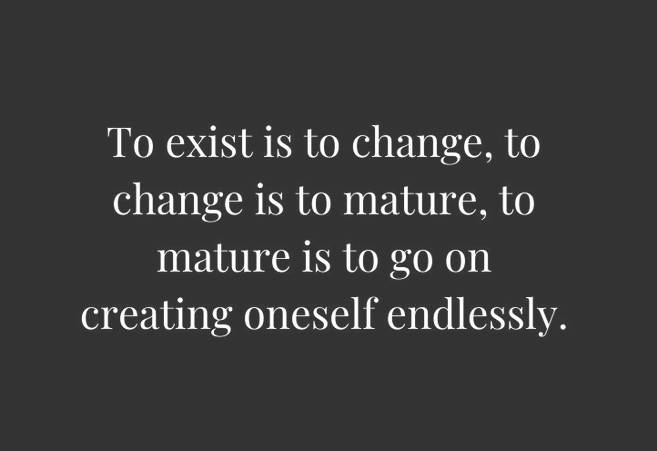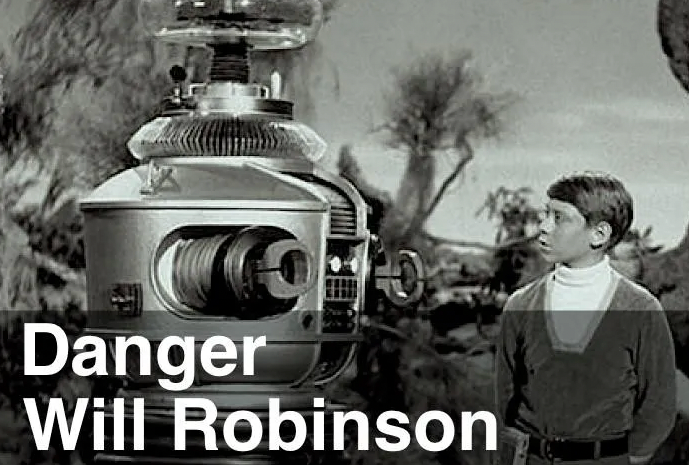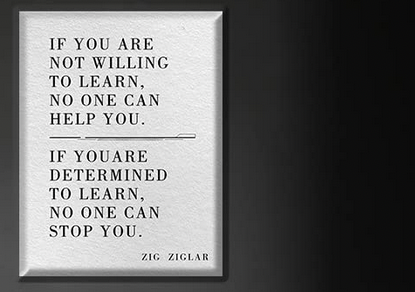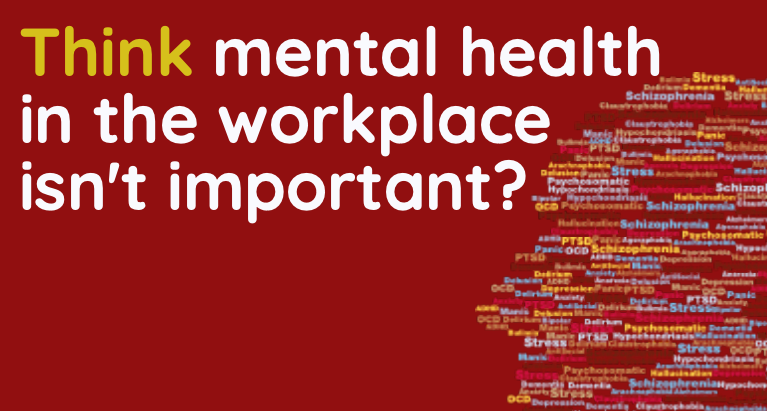Feel the Burn...

We've all heard the phrase: work smarter, not harder. Even with all the technological advancements, productivity tools, collaboration services, the concept of working smarter and not harder is easier said than done. See, most employers introduce technologies so that employees can be more productive. An easier way to think about this is getting able to do more in less time. While companies intend for technologies to deliver increased productivity and utilization, there's a direct correlation and causation towards an increased pressure to accomplish, leading to the not-so-wonderful world of burnout.
A vast majority of us have experienced it as evidenced by research articulating that 89% of workers have experienced burnout within the past year, 77% of employees have experienced feelings of burnout at their current job, the overall burnout rate has increased by 13.5% to a whopping 59% from 2021 to 2022, and 21% of workers say their company does not offer any program to help alleviate burnout.
Burnout is a psychological phenomenon and medical syndrome characterized through emotional exhaustion, feelings of cynicism and reduced personal accomplishment. While not defined as a medical condition, the World Health Organization has labeled workplace burnout as a syndrome and occupational phenomenon (Wilke, 2019), so the impacts are real. Growing concerns in the workplace have been documented that show significant negative effects affecting both individual and organization, noting a recent study concluding that 95% of human resource leaders cite a correlation that burnout sabotages employee retention (Turner, 2019).
The modern workplace is filled with individuals who feel exhausted citing growing concerns about their physical and mental health. Recent data (March 2023) from the TalentLMS and Culture Amp report a glaring chasm between what leaders think is a great workplace culture and reality. The disconnect is wide and concerning as 41% of women reported they were more likely to suffer toxicity in the workplace, 43% of employees say that leadership is turning a blind eye to toxic behaviors, and 45% say that senior executives promote unhealthy competition among managers and employees.
Why is this all important? Well, there's a hidden cost to burnout, as it accounts for an estimated $125 to $190 billion in increased healthcare spend within the US (Garton, 2017). The question can be (really needs to be) raised as to why organizations haven’t been addressing the issue with greater emphasis. When all the rhetoric over the last 2 to 3 years has been about touting company culture, burnout continues to be a problem because culture continues to be a problem.
Why? I have a theory, and it's rooted in a growing disconnect.
Acknowledge it or not, the growing disconnect between employer and employee is real. This is common in the modern professional landscape where workers are conceding their time, working longer hours, and taking work home, often continuing after hours on computer equipment (Malasch & Leiter, 1997) such as email, group messaging, and web conferences. Don't believe me? Would you believe that most organizations spend more on enabling technological services per employee than training, up-skilling, or re-skilling their resources? Per an Industry Report, large organizations spent more than $1,689 on training per employee, which is more than mid-sized companies at $826 and small at $1,396 companies. Service led organizations spent $1,512 per learner in 2022, followed by retailers/wholesalers at $1,299. Think about. Organizations spend more on supplying a user with a laptop and a welcome bag than actually maintaining and growing that employee. Did you know that the median white collar compensation in the US is roughly $97,000 per year, and that if and/or when an employee leaves a company, there's an underlying cost equal to 1/3 their salary in - wait for it - lost productivity and potential revenue per employee?
So, if an organization invested double in training, say around $3,000 per employee (or 1/10th of the loss in revenue), there's a higher probability that the turnover and burnout rates disparate as employees will feel they are being invested in. Spend a little, gain a lot. Spend little, lose a lot. Real investment in individuals that pays dividends is not a novel concept. It's smart business.
While individuals won't quit their jobs in masses because everyone needs an income, you can can bet that individuals will feel unmotivated given their heightened states of emotional dissonance (psst - a majority already do). This circles back to premise of individual and organizational approaches, where disconnects lie in the nature of a job versus the nature of the person who is doing the job.
It's really long overdue that we take a modernistic view with emphasis on known and new burnout characteristics. HR alone can't do it. Simply putting in place a Chief People Officer is a step in the right direction, but still not enough. It takes a collective team working to come together from the top-down and from the bottom up. I think we need to take a page from Rip Van Horn (may he rest in peace) as he outlined how to build a team in the cult classic Dodgeball, teaching them how to work collaboratively in following by administering the 5 rules to tackle the game of Dodgeball in as we extend it to tackling burnout and culture. In Dodgeball, one has to learn how to dodge, duck, dip, dive, and - dodge. In the business world, let's engage, empower, counsel, mentor, and - engage.
If you can dodge a wrench, you can dodge a ball right?
Sources
Garton, E. (2017, July 20). Employee Burnout Is a Problem with the Company, Not the Person. Retrieved from https://hbr.org/2017/04/employee-burnout-is-a-problem-with-the-company-not-the- person.
Malasch, C., & Leiter, M. P. (1997). The truth about burnout: how organization cause personal stress and what to do about it. San Francisco, CA: Jossey - Bass Inc., Publishers.
Rutner, Paige S., et al. “Emotional Dissonance and the Information Technology Professional.” MIS Quarterly, vol. 32, no. 3, Sept. 2008, pp. 635–652., doi:10.2307/25148859.
Turner, A. (2019, May 28). The World Health Organization officially recognizes workplace 'burnout' as an occupational phenomenon. Retrieved from https://www.cnbc.com/2019/05/28/who-recognizes- workplace-burnout-as-an-occupational-phenomenon.html.
Wilkie, D. (2019, July 11). Workplace Burnout is Now an ‘Occupational Phenomenon’. Retrieved from https://www.shrm.org/resourcesandtools/hr-topics/employee-relations/pages/workplace-burnout-a-medical-condition.aspx.
SHARE THIS POST:
RECENT ARTICLES:



The Robots Aren't Coming ... They're Here. They've Been Here for a While. There's Just More of Them.




